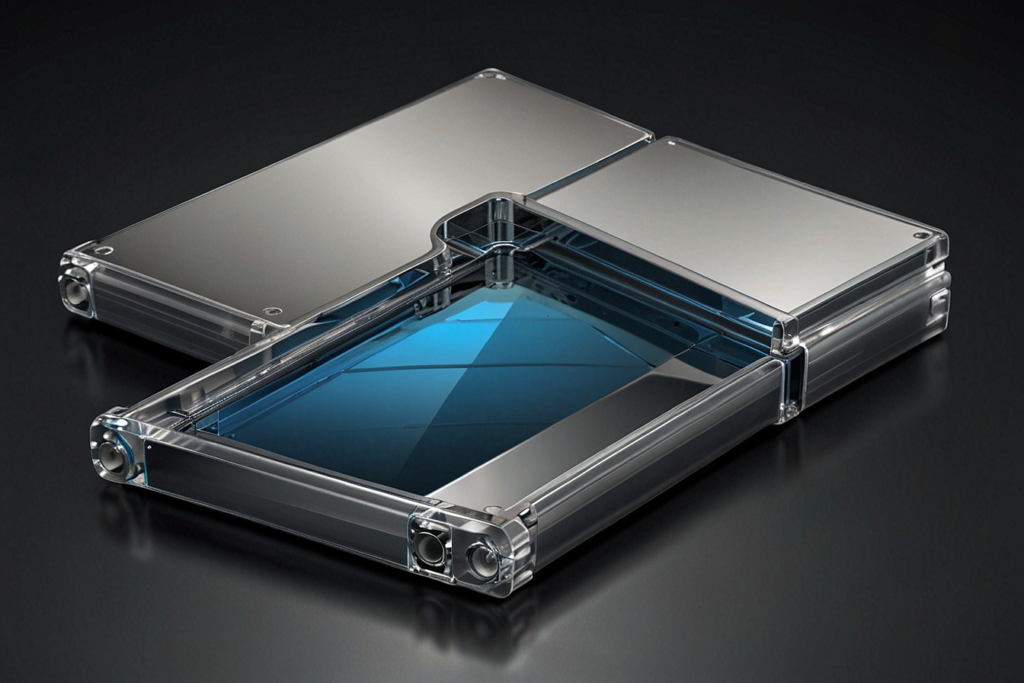Introduction
In the digital age, terms like “mirror folder” and the oddly specific “42GB” might seem like tech jargon or a cryptic inside joke. Yet, these phrases often pop up in IT forums, data storage discussions, and troubleshooting guides. But what exactly is a mirror folder, and why does the “42GB” figure seem to accompany it so frequently?
Whether you’re a tech enthusiast, a weary user battling limited storage, or someone who stumbled on this article out of curiosity, you’ve come to the right place! Let’s demystify this seemingly abstract concept and determine why it matters in our fast-paced, data-driven world.
What Is a Mirror Folder?
A mirror folder is essentially a folder designed to replicate its contents in real-time. Think of it like a clone: when a file is added, modified, or deleted in the original folder, the same action is mirrored in the secondary one. Here’s the lowdown:
- Purpose of Mirroring:
- Backup and redundancy
- Easy synchronization across devices
- Streamlined data access for collaborative projects
- Common Applications:
- Cloud services like Google Drive or Dropbox
- Local network storage for teams
- Personal backups
What’s the Deal with 42GB?
Okay, so why does “42GB” keep appearing when we talk about mirror folders? Coincidence? Not really. Here’s a breakdown of why this specific size pops up more often than not:
- Sweet Spot for Data Management:
- Many users configure mirror folders for medium-sized projects or personal backups, which often hover around the 40-50GB mark.
- It’s not too large to strain local storage but significant enough to require regular syncing.
- System Defaults:
- Some applications or software set thresholds for mirrored data, and 42GB tends to be a default size for temporary caches or pre-specified folders.
- Uncanny Symbolism:
- A cheeky nod to “42” as the answer to life, the universe, and everything? Probably not intentional, but it’s fun to imagine tech engineers sneaking in cultural references!
How to Set Up and Manage a Mirror Folder 42GB
If you’re intrigued by the concept and want to create your own mirror folder (perhaps even close to 42GB for kicks), here’s a quick guide:
1. Choose the Right Tool
There are various tools for setting up a mirror folder, depending on your OS and specific needs:
- Windows: Use “File History” or third-party software like SyncToy or FreeFileSync.
- Mac: Try Apple’s Time Machine or a syncing app like ChronoSync.
- Linux: Rsync is your go-to choice for seamless folder mirroring.
2. Allocate Storage Wisely
Before creating a mirror folder, make sure:
- You’ve got enough space on your primary and mirrored locations.
- The size of the folder doesn’t exceed 42GB unless you have ample resources.
3. Enable Real-Time Syncing
Activate real-time syncing for automatic updates, but be cautious. It can consume bandwidth and slow down performance during heavy usage.
4. Test Before You Trust
Always verify that your mirrored folder works as expected. Corrupted data or missed syncs can turn this handy tool into a nightmare!
Common Challenges with Mirror Folders
Mirror folders, while handy, aren’t without their quirks. Let’s tackle some of the common gripes and how to handle them:
1. Out of Space
A mirror folder that’s “42GB” can quickly eat up storage on both your devices. Solutions include:
- Compressing large files.
- Using external drives or cloud storage.
- Setting exclusions for unnecessary files (temporary or system files).
2. Sync Errors
Ever seen an error message that says, “Couldn’t sync your folder”? Here’s what to do:
- Check internet connectivity (for cloud mirrors).
- Ensure permissions are set correctly.
- Double-check the sync path—you might’ve linked the wrong folder!
3. Version Conflicts
File changes made on one device may clash with edits from another. Prevent this by:
- Enabling version history in your software.
- Locking files during edits in collaborative settings.
FAQs About Mirror Folder 42GB
1. Why is 42GB often mentioned in tech circles?
The 42GB figure frequently arises because it aligns with typical user behaviors, system defaults, and manageable file sizes for backups or shared projects.
2. Can a mirror folder exceed 42GB?
Absolutely! A mirror folder can be any size, depending on your storage capacity and needs. However, larger folders might strain system performance or slow sync speeds.
3. Do mirror folders work offline?
Yes, as long as the mirrored drive or device is connected. For cloud mirrors, offline access depends on cached copies stored locally.
Why Mirror Folder 42GB Matters
If you’re juggling between multiple devices or working collaboratively, mirror folders are a lifesaver. They simplify file management, protect against data loss, and streamline workflows. The “42GB” figure isn’t a hard-and-fast rule—it’s more of a symbolic sweet spot that reflects how people typically utilize this feature.
Key Benefits Recap:
- Backup: Prevent data loss with real-time replication.
- Efficiency: Synchronize across devices without manual effort.
- Flexibility: Customize your mirror folder to suit your needs.
Conclusion
The “mirror folder 42GB” may sound like tech jargon, but it’s a practical, everyday tool for anyone managing data in our fast-paced, interconnected world. By understanding its purpose, setting it up correctly, and sidestepping common pitfalls, you’ll unlock a smarter way to handle files—whether you’re at home, in the office, or on the go.
Ready to dive in and create your mirror folder? Don’t sweat it—just follow the tips above and enjoy the magic of seamless synchronization. Keep those files safe and your life hassle-free!
